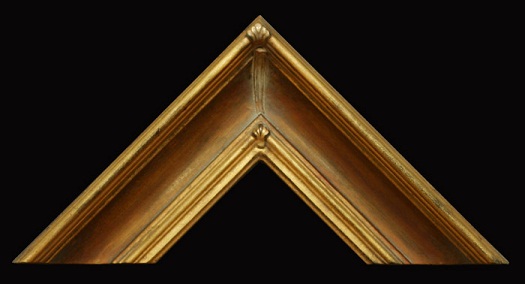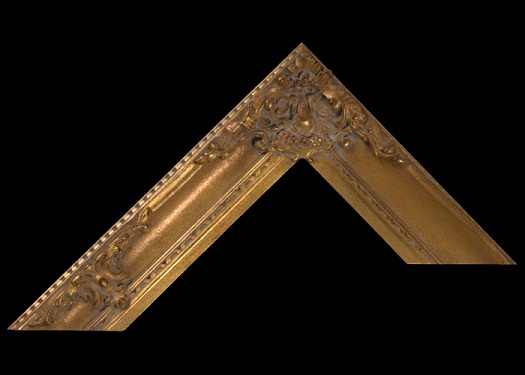What
distinguishes a handcrafted frame?
Closed
corner picture frames are the ultimate in framing joinery. Our frames are made 'one of a kind. one at a time'
to specific dimensions as specified by our customers. Each of our artisans has
years of experience creating frames of fine craftsmanship. This is how it's done...
The strength of splined
joinery
On
each mitred frame corner we route a slot and insert a wooden spline. We find
the strength of this traditional joinery technique vastly superior to the
standard nailed picture frame joint.
Meticulous surface
preparation
Each
natural wood finish requires scraping and sanding with papers of different grit
levels. This attention to detail is critical to reveal the distinctive
character of the wood.
The versatility of
composition
Available
in hundreds of patterns, prepared ornaments can be steamed and applied to our
frames. This allows us to create unique frame designs at a reasonable price.
Skilled hand carving
Our
highly skilled artisans cut the appropriate ornamentation into the frame by
hand.
The ability of gesso
surfaces
Traditional
gesso is a combination of rabbit skin glue and whiting which can be applied
only when warm. The preparation and application of gesso is basic to the
overall design of the frame. Areas to be given a highly burnished look must be
painted with several coats of gesso and meticulously sanded and polished. We
may also sponge or stipple the gesso onto areas that will be matte gilded to
add texture and interest.
Custom undercoating
We
paint the gesso layers with various colors to compliment the artwork. Depending
on the effect desired, these colors may be spattered, stippled or wiped onto
the surface.
Unique applications of
metal leaf
We
apply an oil-based size on the colored surface to accept aluminum, brass,
copper or variegated leaf. These can be applied evenly or, for more texture,
they can be crushed or cracked over the surface. One of our specialties is the
combination of different leaves to achieve a unique iridescence.
The character of
tarnishing
We
achieve some very interesting results using chemicals that react with copper,
brass or silver leaf to enhance aspects of the artwork.
The elegance of genuine
gold leafing
First,
we brush very thin coats of rabbit skin glue mixed with clay onto the frame.
This 'bole' acts as an adherent for the leaf. After the clay dries, our
artisans float water onto small areas of the frame to activate the glue, which
then accepts the gold leaf. Using a wide squirrel hair brush, thin sections of
12k, 16k, 22k gold or silver are carefully applied.
Burnishing
We
create a mirror-like polish on carved or raised areas of the frame by
burnishing the gold leaf with the rounded tip of an agate stone.
The art of patination
In
patination, we use various finishing techniques to bring together the surface,
undercoats and leaf in the way that best compliments the artwork. Patination is
a process of reworking the finish through distressing, glazing, rubbing through
the leaf, spattering, stippling, sponging on casein and dusting.
(photo courtesy of Gallery C)




